Enabling everyone, everywhere, to learn anything
Why is this important?
Open education pioneers set out to design new formats for learning and new institutions, taking inspiration from the way open source communities work, rather than replicating traditional schools and universities. However, while open education has made tremendous progress within formal education, the biggest changes in how people learn seem less connected to the open education movement today.
YouTube is the largest site of informal learning online. StackOverflow is where software developers hone their skills and LinkedIn reputations are starting to complement formal credentials. Then there is a range of other communities that share our ethos of sharing and learning (e.g., the Maker Movement) but remain disconnected from open education.
What is the opportunity?
The time is right for new experiments with the way we organize and recognize learning. Ten years ago, some of these ideas may have seemed radical, but a new generation of learners and educators is now more connected and more comfortable using technology to teach and learn. At the same time, the non-open commercial products are not standing idle. Maybe we were too early in 2007, but now we have to make sure we don’t come too late.
How can we better connect open education with this new wave of innovation? For one, reframing open as a set of practices and values, rather than considering it a set of attributes we apply to content, will make it easier to start building bridges. As we are surrounded by new projects it is crucial that we are clear about our core values, but we also need to find new ways to talk about open in order to inspire other people, and we need to be open to let them inspire us.
We need to support more open learning innovators within our community, and we need to find new allies beyond formal educational institutions. Libraries have emerged as important spaces for learning and education, as they share an interest in providing access to opportunity and are trusted institutions. Other similar institutions could become important partners.
New accreditation and recognition trends include unbundled degrees, digital blockchain-based credentials, and data-driven reputation scores. Each comes with both exciting opportunities and significant challenges.
How can you get involved?
- The goal of this card is to reach beyond the usual suspects. If you are someone who is doing interesting work on the fringes of the education system, let us know.
- For those interested in K-12 (primary and secondary) education, check out the Digital Media and Learning community or attend their annual conference.
- Connect with the library innovators at NextLibrary, the Public Library Association (PLA) conference, or through EIFL (Electronic Information for Libraries).
- For new forms of credentials, the Open Badges community remains a good place to start. Or check out Blockcerts, an open source project that connects badges and blockchains.
